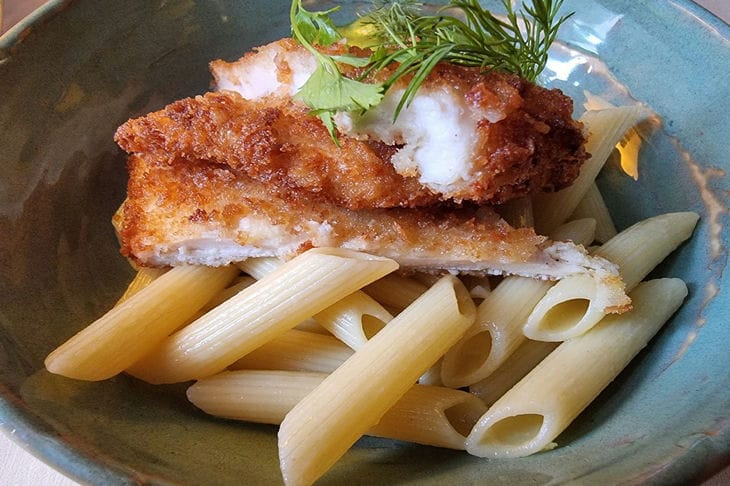What to do to prevent batter from falling off during cooking: a chef's trick
When preparing various dishes in batter, many housewives face the problem that it starts to fall off. How to deal with this?
Therefore, it is worthwhile to analyze several tips so that the batter does not fall off during cooking. It is worth noting right away that a comprehensive approach is important.
Choosing the right ingredients
The secret to a successful batter begins with the right choice of ingredients. One of the key components is flour, says Yulia Arkhipova .
Of course, it makes sense to use only high-quality flour, as it contains less gluten, which contributes to a lighter and airier batter.
Preparing ingredients and utensils
Before you start mixing the ingredients, you need to make sure that they are all at room temperature.

Cold ingredients can slow down the mixing process and cause lumps to form. Also, the bowl should be dry and clean to avoid excess moisture.
Mixing technique
The batter requires careful and delicate mixing of the ingredients. To do this, you will need a whisk or a whisk attachment on a mixer to achieve a uniform texture.
It is important not to stir the mixture too vigorously, as this can lead to excessive development of gluten and making the batter heavier.
Temperature conditions
The batter develops best at a certain temperature.
The main rule is that you cannot add hot ingredients to a cold mixture and vice versa. This can lead to uneven mixing and the formation of lumps.
How to cook properly
If you are preparing a batter for frying, it is important to make sure the oil is hot enough before adding the food.
If the oil temperature is too low, the batter will absorb more fat, causing it to simply fall off.
Previously, we wrote about which foods and dishes should not be reheated.
